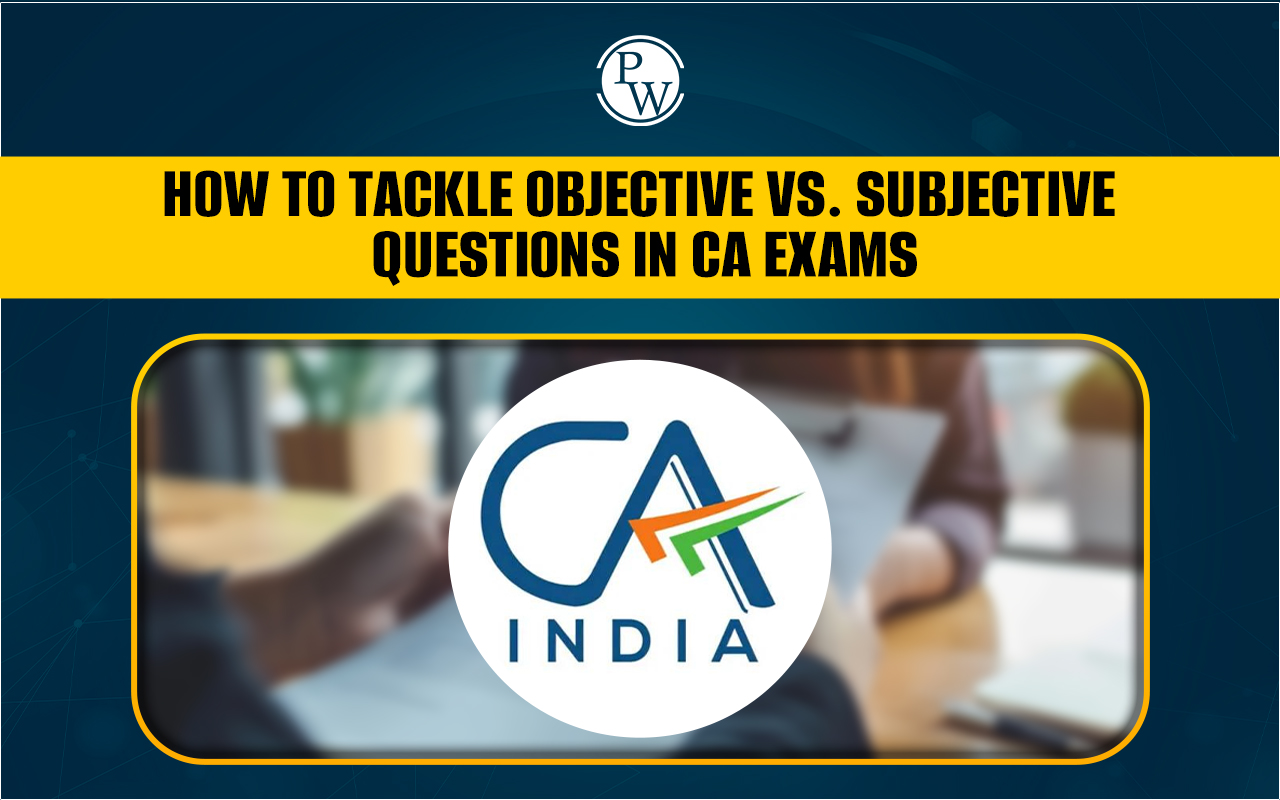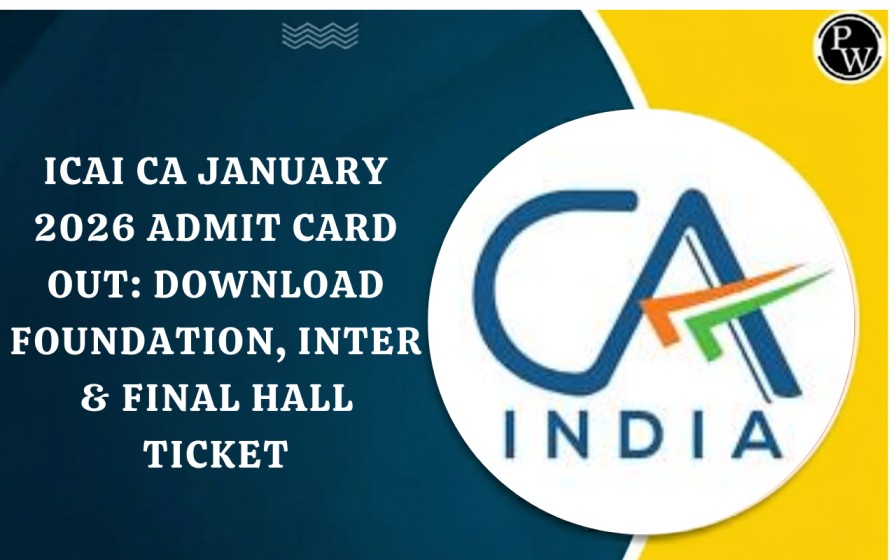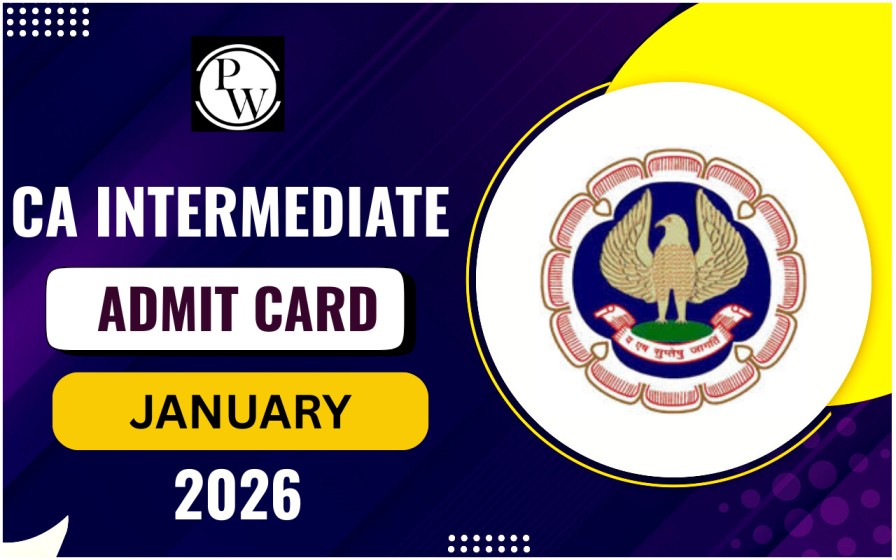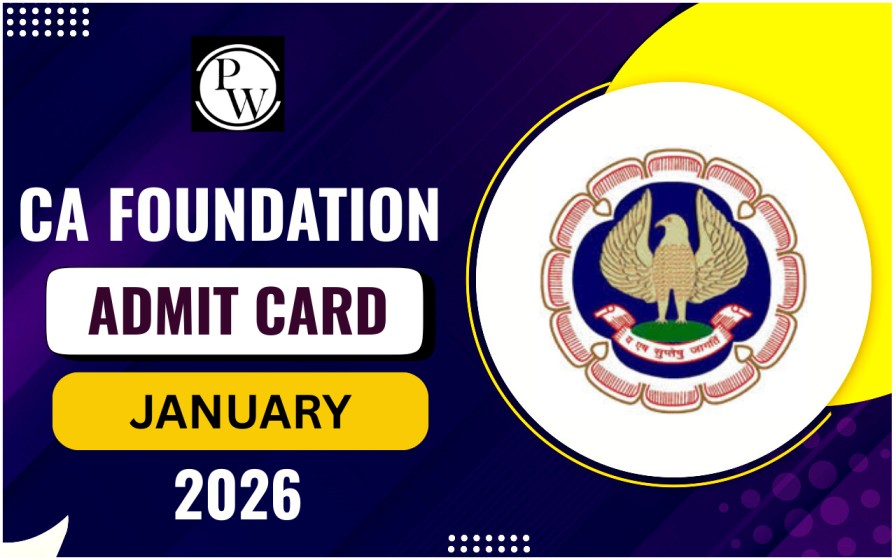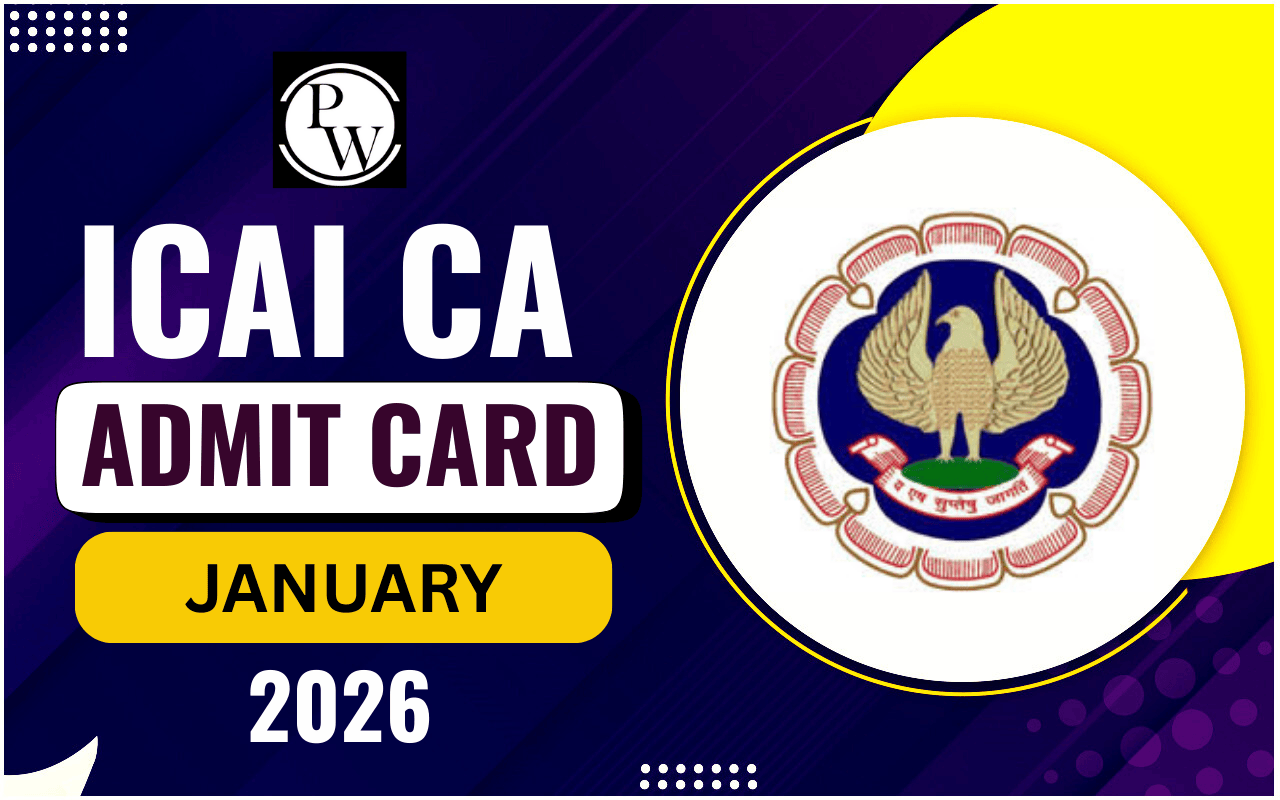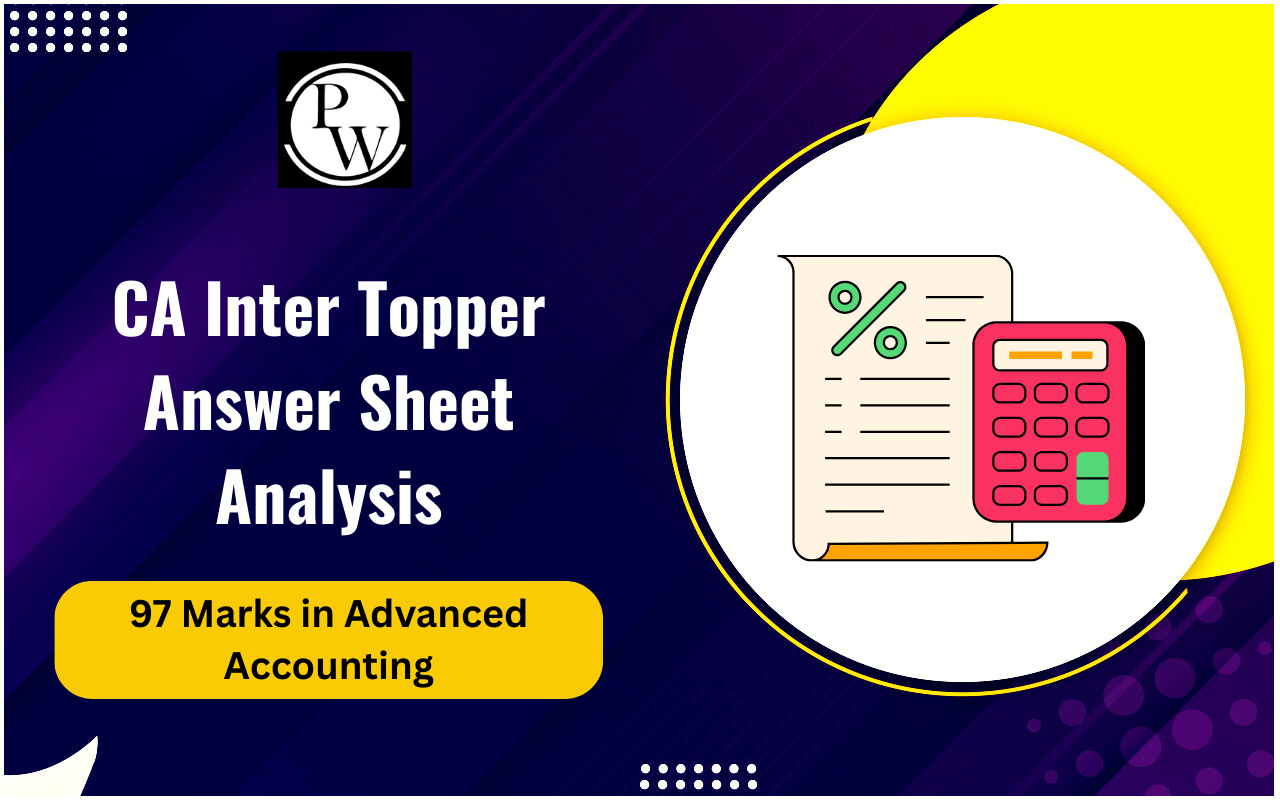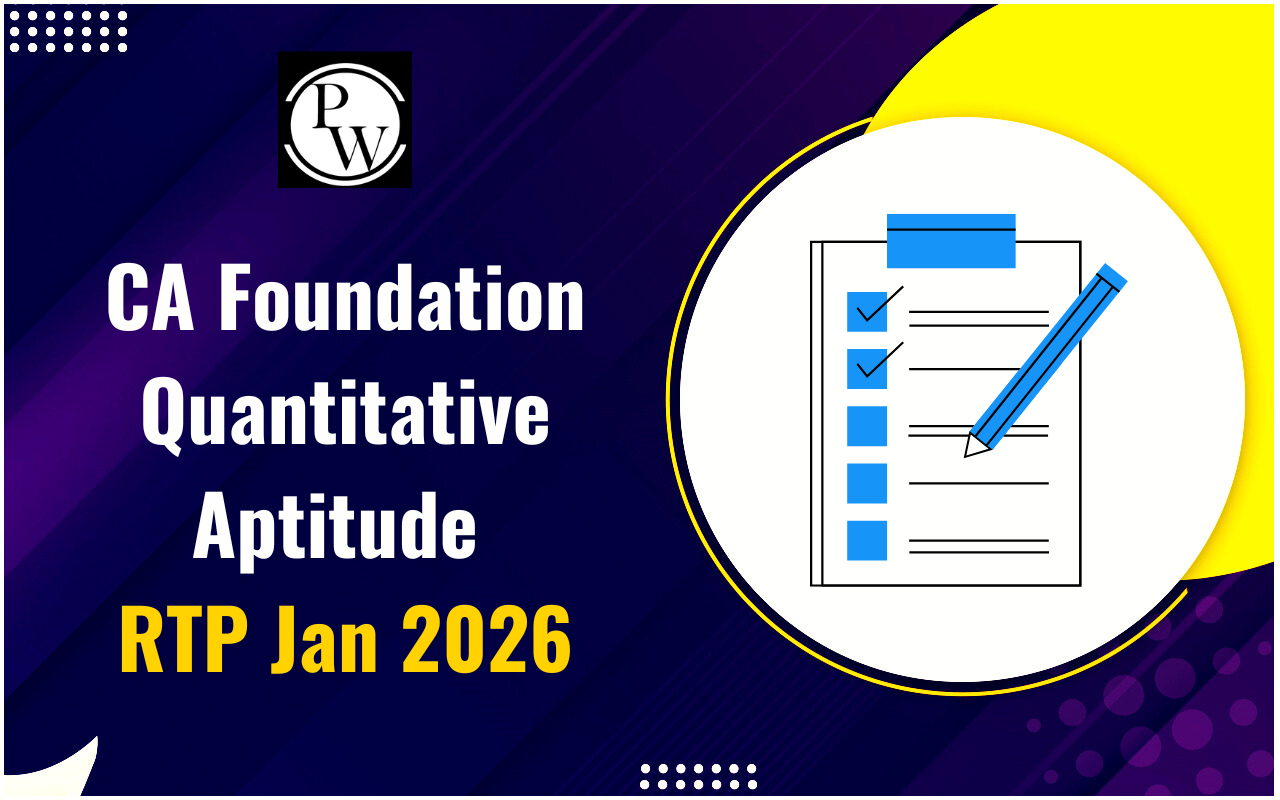
Cost and Management Accounting forms a crucial part of the CA Intermediate curriculum. This subject helps students understand how businesses control costs and make important decisions. This paper covers three main areas, namely Cost and Management Accounting, Budgeting, and Variance Analysis.
CA Intermediate students must clearly understand all the concepts of Cost and Management Accounting to strengthen their exam preparation. Additionally, they should learn their practical application to be able to solve questions including real business scenarios in the CA Intermediate exam.
What is Cost Accounting?
Cost accounting is a specialized area of accounting that focuses on tracking, analyzing, and managing the costs involved in production and services. It helps businesses record and categorize expenses, providing valuable insights for better decision-making, planning, and cost control.
By understanding cost structures and trends, companies can optimize spending, improve efficiency, and boost profitability. This financial tool plays a crucial role in helping management make informed choices to enhance overall business performance.
Objectives of Cost Accounting
Cost accounting serves several key purposes that help businesses manage and optimize their financial performance. Below are its main objectives explained:
1. Cost Ascertainment
Cost accounting helps determine the exact cost of products, services, or operations within a business. By using methods like job costing, process costing, and activity-based costing, companies can accurately measure and allocate costs. This helps in setting competitive pricing and understanding cost structures.
2. Cost Control
It helps in monitoring and managing expenses to ensure they stay within budgeted limits. Techniques like standard costing, budgeting, and variance analysis compare actual costs with planned costs, helping identify inefficiencies and unnecessary spending. Businesses can take corrective actions to improve financial efficiency.
3. Cost Reduction
Cost accounting aims to minimize expenses without affecting quality or performance. Through continuous improvement, waste reduction, and process optimization, businesses can lower overall costs, increasing profitability while maintaining product or service standards.
4. Profitability Analysis
It helps assess the profitability of products, services, or departments. Using margin analysis, break-even analysis, and segmental profitability assessments, businesses can make informed decisions on pricing, product mix, and market strategies to maximize earnings.
5. Inventory Valuation
Accurate valuation of raw materials, work-in-progress, and finished goods is essential for financial reporting. Cost accounting applies methods like FIFO (First In, First Out), LIFO (Last In, First Out), and weighted average cost to ensure correct profit calculation and transparency in financial reports.
6. Budgeting and Forecasting
By creating detailed budgets and financial forecasts, cost accounting helps businesses plan for future income and expenses. It provides a roadmap for financial planning, improves resource allocation, and sets performance benchmarks for better financial management.
7. Decision Support
Cost accounting provides valuable financial data that supports key business decisions. Through cost-volume-profit (CVP) analysis, contribution margin analysis, and scenario planning, businesses can make informed choices about pricing, outsourcing, and investments.
8. Performance Measurement
It evaluates the efficiency of different departments, employees, and processes. By using key performance indicators (KPIs) and performance metrics, businesses can monitor and improve productivity, ensuring continuous growth and operational efficiency.
9. Compliance and Reporting
Maintaining accurate cost records is essential for regulatory compliance and financial transparency. Cost accounting ensures businesses adhere to accounting standards and legal requirements, avoiding legal risks and ensuring clear financial disclosures.
10. Cost Allocation
It helps distribute costs appropriately across products, services, and departments. Using methods like direct labor hours, machine hours, or activity-based cost drivers, cost accounting ensures accurate cost allocation, providing a true reflection of operational expenses.
What is Management Accounting?
Management Accounting, also called managerial accounting, is a branch of accounting that helps businesses make smart decisions. It provides financial and non-financial data to internal teams, such as executives and department managers, enabling them to plan strategies and improve performance.
Unlike financial accounting, which is meant for external stakeholders, management accounting focuses on internal operations. By analyzing costs, budgets, and forecasts, it plays a vital role in strategic planning, performance tracking, and business growth.
Management Accounting Key Points
Cost and Management Accounting plays a vital role in modern business operations by offering critical insights into the cost structures, financial planning, and overall performance of an organisation. These insights drive efficiency and strategic decision-making.
Here are the key highlights of cost and management accounting:
-
Helps businesses monitor and allocate costs related to products, services, departments, or activities to understand true production and operational expenses.
-
Aims to identify cost-saving opportunities and improve overall financial efficiency through informed analysis.
-
Facilitates working with different departments to prepare budgets, set financial targets, and forecast business performance.
-
Evaluates both financial and non-financial data to assess the effectiveness of business units, projects, and processes.
-
Provides actionable insights and detailed reports to help management make informed operational and strategic choices.
-
Allows managers to develop long-term plans by analysing investment proposals, conducting feasibility studies, and assessing financial viability.
-
Ensures that financial planning supports broader organisational objectives and sustainable growth.
Difference Between Cost Accounting and Management Accounting
Cost accounting and management accounting serve distinct purposes in a business. Below is a comparison of both:
|
Difference Between Cost Accounting and Management Accounting |
||
|
Aspect |
Cost Accounting |
Management Accounting |
|
Objective |
Tracks and controls production and operational costs. |
Helps in planning, decision-making, and overall business control. |
|
Primary Focus |
Measures, allocates, and manages costs. |
Provides financial and non-financial insights for better decision-making. |
|
Scope |
Costing of products and services. |
Covers budgeting, performance evaluation, risk management, and financial planning. |
|
Users |
Internal teams like production managers. |
Top management and various internal stakeholders. |
|
Time Perspective |
Analyzes past and present costs. |
Forward-looking with future projections and business strategies. |
|
Reports Generated |
Cost sheets, budgets, variance reports, cost-volume analysis. |
Budgets, performance reports, financial forecasts, and strategic plans. |
|
Nature of Data |
Primarily quantitative financial and cost-related data. |
Both quantitative (financial) and qualitative (market trends, operational insights) data. |
|
Regulatory Requirement |
Not legally required but essential for cost control. |
Not mandatory but crucial for internal business decisions. |
|
Data Precision |
Highly detailed and specific. |
Less precise but focuses on strategic insights. |
|
Decision Support |
Helps with pricing, production, and cost-cutting strategies. |
Supports resource allocation, growth strategies, and overall business decisions. |
|
Common Techniques Used |
Job costing, process costing, activity-based costing. |
Budgeting, variance analysis, financial modeling, performance evaluation. |
|
Reporting Frequency |
Regular reports (monthly, quarterly) based on costing periods. |
Reports can be periodic or ad-hoc, depending on management needs. |
|
Resulting Actions |
Focuses on reducing and controlling costs. |
Aims at strategic decision-making, improving business performance, and managing risks. |
Cost accounting and management accounting are two vital aspects of financial management, each playing a crucial role in business success. Cost accounting focuses on tracking, analyzing, and controlling expenses related to production and operations. It helps businesses determine product and service costs, allocate expenses efficiently, and implement cost-saving strategies.
Management accounting, on the other hand, takes a broader approach, assisting in budgeting, forecasting, performance evaluation, and strategic decision-making. By combining financial and operational data, it enables managers to make well-informed choices that drive long-term growth. When used together, these accounting methods help businesses improve efficiency, optimize resources, and achieve financial stability.
What is Budgeting?
Budgeting is the process of creating a detailed financial plan for future periods. It involves estimating revenues and expenses for a specific time frame. A budget is a quantitative expression of a business plan. It shows expected income and expenditure for a future period. Budgets are usually prepared for one year and broken down into monthly or quarterly periods.
Budgets serve as a roadmap for organisations, helping them plan activities and allocate resources efficiently. To ensure this process is effective, it’s essential for managers to align budgeting efforts with overall business objectives.
The budgeting process starts by clearly defining the organisation's aims and the timeframe to achieving it. Once these decisions are taken by the managers, the goals are translated into financial terms through detailed budgets. This approach guides departments in their spending, planning, and performance tracking.
Types of Budgets in Cost and Management Accounting
Most organisations consider majorly seven types of budgets for creating their financial goals. These are:
-
Sales Budget: Budgeting in any organisation starts with identifying its sales budget. It estimates how much the company expects to sell. This budget considers market conditions, past performance, and future expectations.
-
Production Budget: It determines how much the company needs to produce to achieve its target. Major considerations include opening stock, closing stock, and sales requirements.
-
Material Budget: This budget plans material purchases for production. Through this budget, managers ensure that adequate materials are available when needed. It also helps control material costs and avoid wastage.
-
Labour Budget: The labour budget estimates workforce requirements. It plans both direct and indirect labour needs.
-
Overhead Budget: Overhead budgets cover all indirect costs, including rent, utilities, insurance, and administrative expenses. Proper overhead budgeting helps control fixed costs.
-
Cash Budget: This budget shows the expected cash flows. An effective cash flow budget helps manage liquidity and avoid cash shortages.
-
Capital Budget: Capital budgets plan major investments in assets. These include machinery, equipment, and infrastructure. Through proper capital budgeting, managers can evaluate long-term investment decisions.
What is Variance Analysis?
Variance Analysis is the process of comparing actual results with budgeted or standard amounts. It identifies differences between planned and actual performance. This analysis helps management understand why results differ from expectations.
Variance analysis breaks down total variances into specific components. Each component explains a different reason for the variance. This detailed analysis helps managers take appropriate corrective actions.
Types of Variances in Cost and Management Accounting
Variance analysis is a key aspect of cost and management accounting that helps organisations evaluate the difference between planned and actual performance. Here are the main types of variances commonly analysed in a business:
Material Variances
Material variances help determine whether the cost and usage of raw materials are aligned according to the business plan. These variances are essential for controlling material-related costs in production.
Material variance mainly includes two categories:
-
Material Price Variance: This measures the difference between the actual price paid for materials and the standard price expected. It also highlights whether materials were purchased at a cost higher or lower than budgeted.
-
Material Usage Variance: It analyses and computes the difference between the actual quantity of material used and the standard quantity allowed for actual production. This variance reflects material efficiency or wastage.
Labor Variances
Labour variances assess misalignment in labour costs by analysing the wages paid and the efficiency of labour hours used. There are two labour variances considered in cost and management accounting:
-
Labour Rate Variance: This shows if workers were paid more or less than the standard hourly rate. A variance may occur due to overtime, skilled labour requirements, or labour market changes.
-
Labour Efficiency Variance: This measures whether the actual time taken by workers differs from the standard time expected for performing and completing a task. By assessing labour efficiency variance, organisations can monitor workforce productivity.
Overhead Variances
Overhead variances involve analysing the differences in indirect costs. This can either be a fixed or variable cost. These are generally more complex due to the mixed nature of overheads. Overhead variances are of two types:
-
Variable Overhead Expenditure Variance: This compares the actual variable overhead incurred with the budgeted overhead for actual activity levels. It identifies a business’s over- or under-spending.
-
Fixed Overhead Volume Variance: This variance shows how differences between actual and planned production levels affect costs. It indicates whether the production capacity was used more or less than expected.
Sales Variances
Sales variances evaluate how actual sales performance differs from planned targets. This provides insights into pricing strategies and market demand. Sales variance includes the following two types:
-
Sales Price Variance: This shows the effect of selling products at prices higher or lower than the standard selling price. It reflects pricing decisions and market conditions.
-
Sales Volume Variance: It analyses the impact of selling more or fewer units than planned. This variance indicates changes in customer demand or sales performance.
Cost and Management Accounting FAQs
What is the main difference between cost accounting and management accounting?
Why is cost accounting important for businesses?
How does management accounting help in decision-making?
Is cost accounting mandatory for businesses?
What are common techniques used in management accounting?

